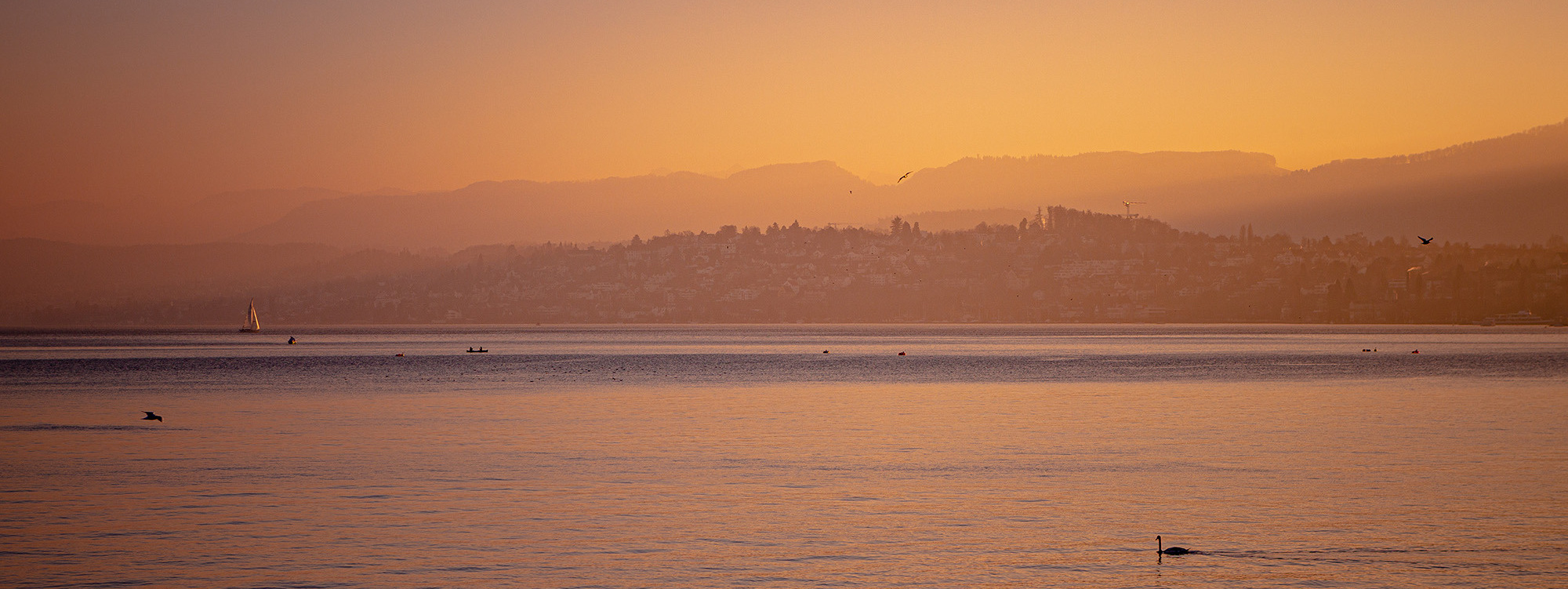
ISO is right up there with shutter speed and aperture among your camera’s most important settings.
But what is ISO and how should you use it?
Find out all about the benefits of low and high ISO. In effect, ISO determines your camera’s sensitivity to light.
The higher the ISO, the greater your camera’s light sensitivity.
Digital cameras come with sensors that have different capacities for capturing light, ranging from 100 to 25,600. ISO numbers increase following a geometric progression: 100, 200, 400, 800, 1600, 3200, 6400 etc. With each increment, the camera’s sensitivity to light effectively doubles. When ISO increases, your camera needs less time to take an image. On ISO 100, your camera needs a second to take a shot. On ISO 800, it’s eight times faster or 1/8 of a second. Increase the ISO to 3200, and your camera isn’t only 32 times more sensitive to light, but it can snap a photo 30 times faster. This gives a high ISO setting another advantage‚ it helps capture a photo of a fast-moving object while reducing camera shake and the blur that would be inevitable with a lower ISO setting.
Benefits of a Low ISO
It’s good to know that digital cameras have a base ISO, typically a setting of 100 or 200. This is the ISO at which the image sensor produces the best image quality. When there’s enough natural light, you can leave the ISO at 100 or 200 to get beautifully sharp images. For crisp shots, use the lowest ISO possible. Your camera’s auto mode may not use the base ISO but rather a 400 setting or similar. If you feel comfortable with the key settings — shutter speed and aperture — choose the ISO manually before each photo session.
Benefits of a High ISO
With a high ISO you can capture images in low-light without a flash. Even if you enjoy flash digital photography, having a camera capable of shooting in the dark can be a big asset. There are shots that you just can’t take without a high ISO. In many settings, ISO proves more reliable than flash, helping you capture a better quality photo with more evenly distributed lighting. But there is a price to pay — a high ISO adds noise or grain to the photo. On moderate ranges, this grain is noticeable only on magnification. But on high settings, the grain becomes easily visible with no way to edit. But for certain shots though, such as black and white, ISO noise can add interesting texture. Now that you know what ISO is, you can take advantage of this useful setting to improve your digital photography. Regardless of the camera you’re using, don’t forget to adjust the ISO to the occasion. The more you experiment, the easier it becomes.
See the handy video below — 'Best lesson in photography for beginners' from the Academy of Photography'

